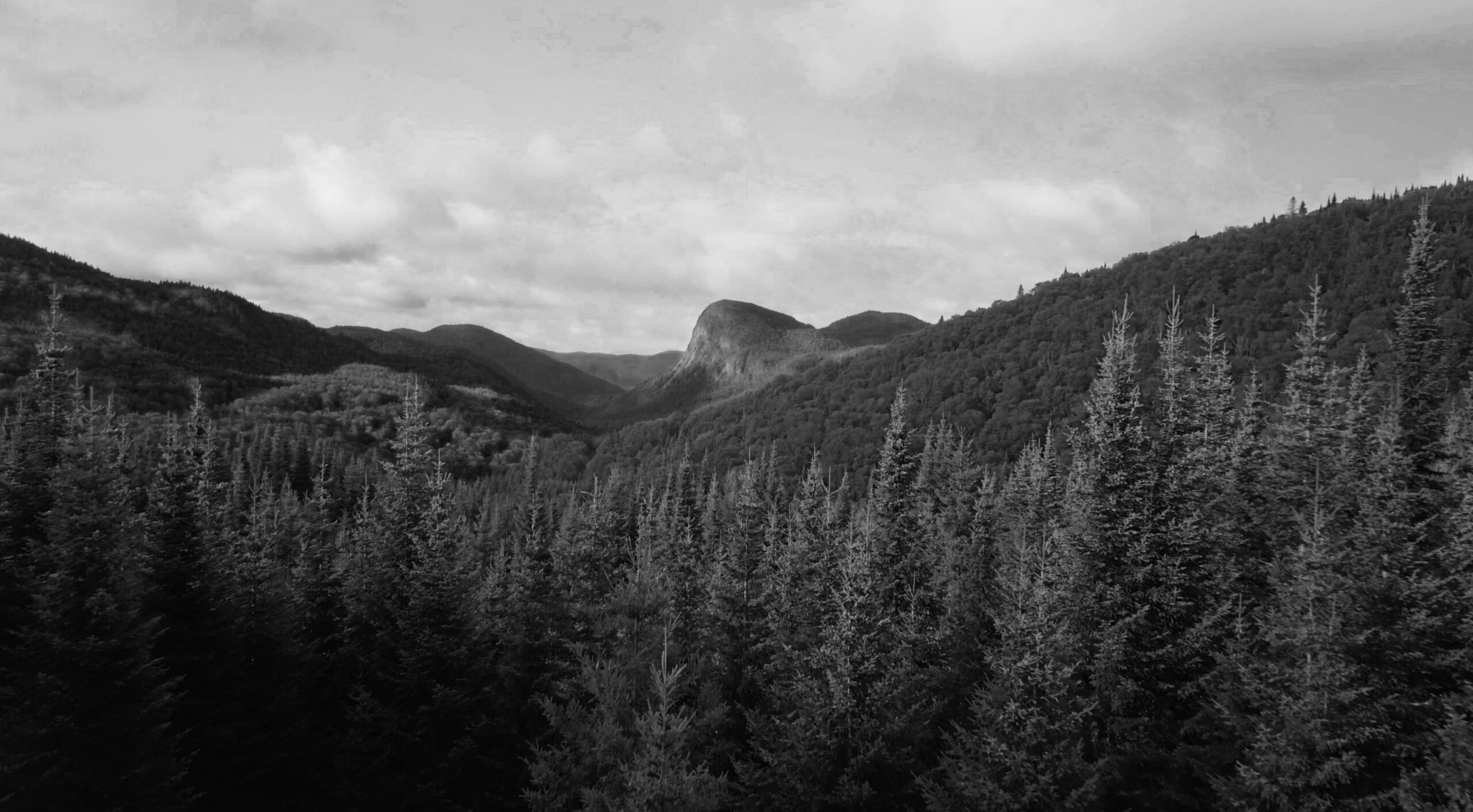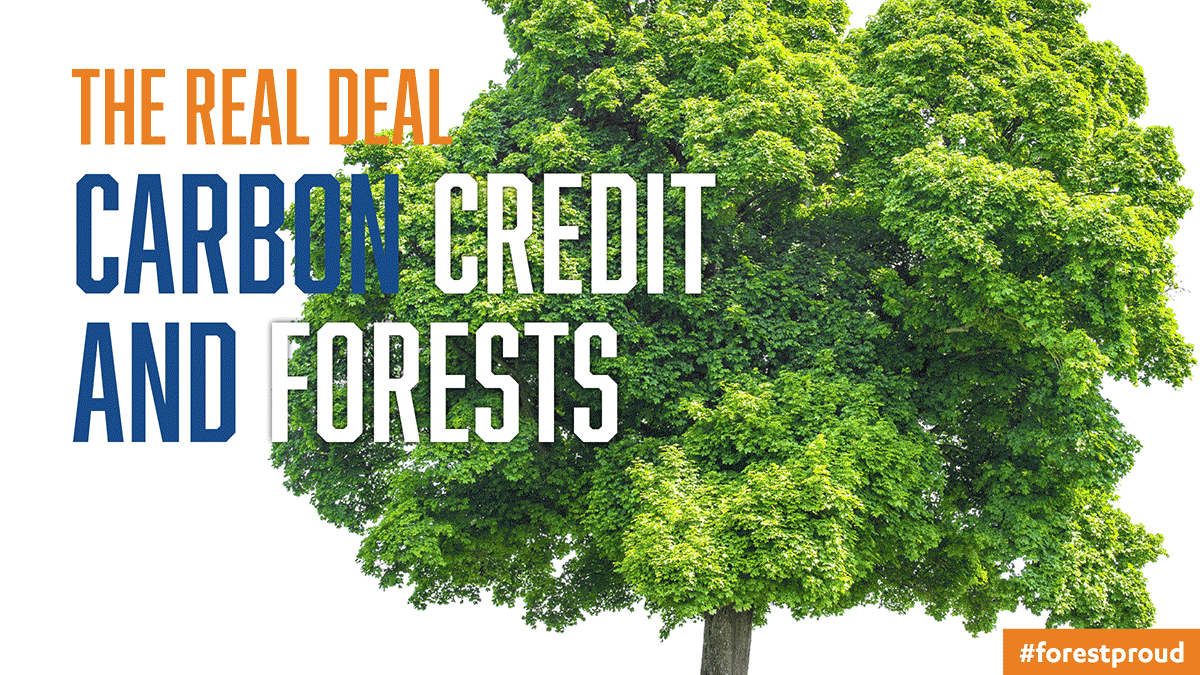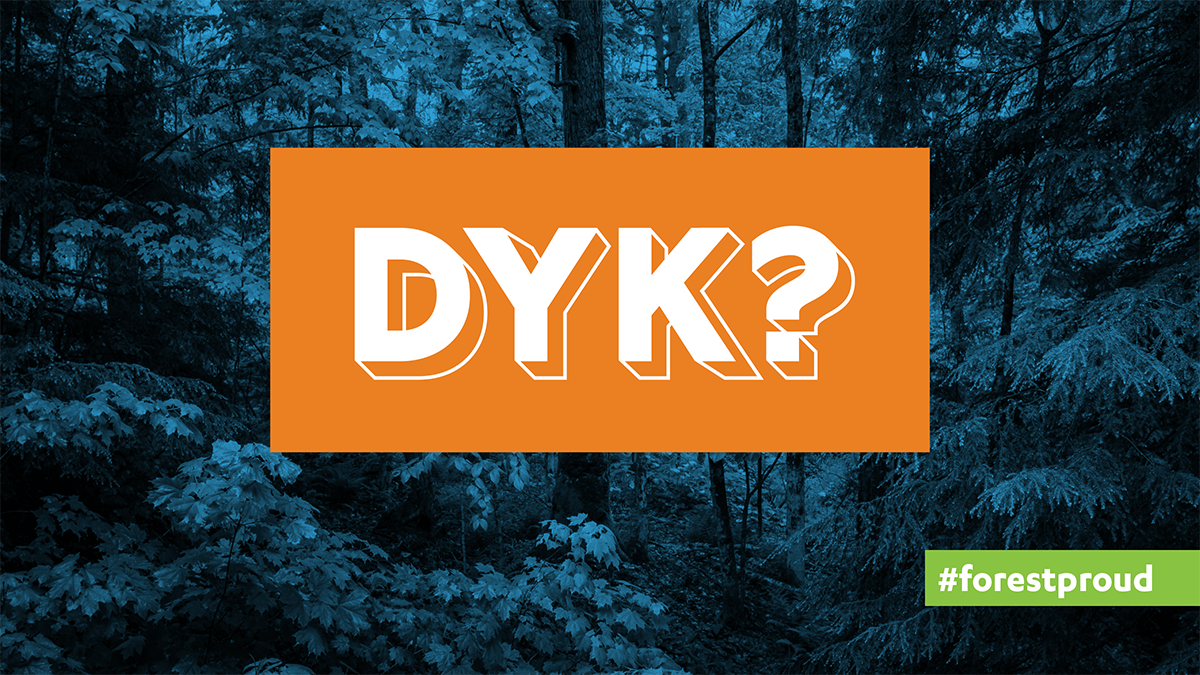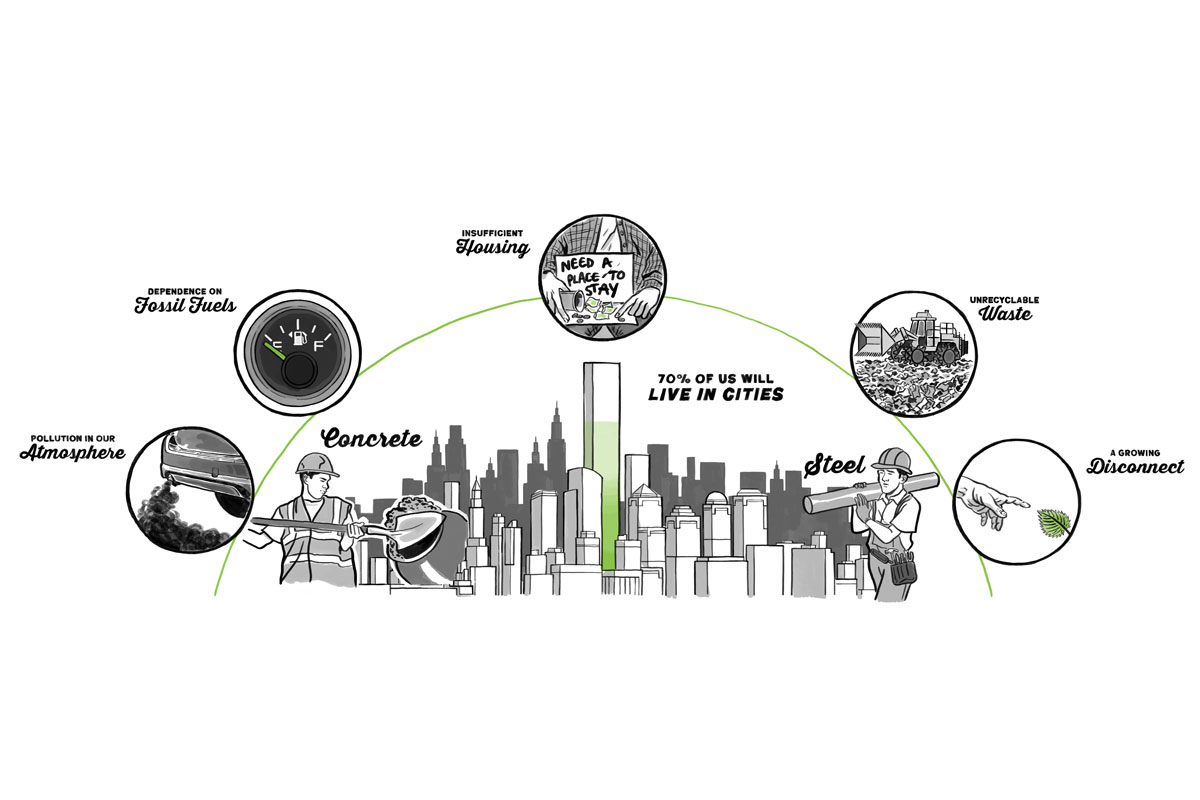Carbon Credits | silver bullet or a helpful tool?
A California Case Study

As savvy forest folks, we've followed the rise of Net-Zero climate commitments for a while now, and explored the critical role forests and forest products play in helping people, countries, organizations, and multinational brands alike meet their goals.
In addition to being able to trace potential solutions back to forests and forest products, the current wave of Net-Zero commitments has another thing in common: a lack of specificity on how they are going to get there. Just as there is no 'silver bullet' solution to climate change, there is no single answer to Net-Zero, and by extension, no prescriptive path on how to invest in forests to help us reach those goals.
So to better understand how forest investments fit into these plans, we looked at the University of California. Back in 2013 - way before Net-Zero was cool - they were among the first to make a commitment to be carbon neutral by 2025.
Looking at their latest sustainability report (2019), the University has made substantial investments into solar energy, electric vehicles, carbon neutral buildings, and innovative tools that turn food waste into energy. The result?
A 15% reduction in greenhouse gas emissions from 2013.
Now, considering the size of the school and the fact that in the last seven years they've added 46,000 students, this is a significant accomplishment. But it is a long way from zero.
According to a report conducted by the University in 2017, the biggest barrier to reaching their goal is the natural-gas-powered plants responsible for heating and cooling its campuses, which together account for 65% of the school's total emissions. Initial estimates to overhaul the plants and convert them to electric were north of $3 billion -- and even if the University had the money, it would not change the fact the California's electric grid still relies heavily on fossil fuels.
Enter carbon credits and offsets.
Carbon Credits & Offsets
In an interview with the Washington Post, Barbara Haya, a climate policy researcher at the University of California, explained why after the 2017 report they started looking at carbon offsets: "The whole concept of offsets is to create a dynamic where organizations and individuals can pay someone else to reduce emissions in order to cover emissions they can't reduce themselves."
The concept is simple, however, the market and dynamics around offsets can be tricky, particularly when it comes to forests - which Haya said accounts for more than half of the offset projects out there.
While the number of mandatory offset markets are growing - government-backed programs that place strict limits on greenhouse gas emissions and allow members to buy credits or offsets from independently verified projects, e.g. forest conservation - the majority of projects still come from voluntary offset programs.
Voluntary carbon offset markets work much the same way, but without the regulatory oversight. In that sense, the market can be kind of like the wild west and there are more than enough examples to point to of organizations failing to do their due diligence before investing. That being said, the principles - as explained, explored, and eventually implemented by the University of California - are still sound.
Driven largely by growing corporate demand to offset emissions (read: increasing number of Net-Zero goals), the vast majority of the credits retired in 2021 - some 20 million credits - were focused on forest protection.
Types of Forest Carbon Credits
I know what you're thinking. Are there other types of forest carbon credits out there besides just protecting forests? YES! According to North Carolina State University, there are three generally accepted project types that produce carbon offsets:
1. Afforestation / Reforestation
2. Avoided Conversion
3. Improved Forest Management (IFM)

The first is pretty self-explanatory and typically includes projects focused on restoring tree-cover to previously non-forested lands. Avoided conversion projects focus on preventing the conversion of forested land to non-forested land, i.e. keeping forests as forests, not as parking lots. The last - Improved Forest Management - is actually the most common credit type in the California carbon credit market. These projects involve land management activities that increase, or at a minimum maintain, the current level of carbon stocking in a forest.
Each one of these has a role to play, and depending on the circumstances, can be a powerful tool when it comes to mitigating emissions and improving our climate.
A Win-Win-Win
When it comes to carbon credits and offsets, it is important to think of them less as a "get out of jail free card" and more as another tool in the toolbox. We know that healthy markets and strong demand for forest products are critical to incentivizing landowners to keep forests as forests.
We also know that as more and more companies and organizations look to reach their Net-Zero goals, they are going to run into "$3 billion natural-gas-powered plant" problems, where carbon credits and offsets are the best viable option.
In that sense, carbon credits and offset markets can be a win-win-win for companies, landowners, and the climate. Companies can offset their most challenging emissions, landowners can be further incentivized to keep forests as forests, and we can collectively begin to move the needle in the right direction for the climate.
Now, obviously, carbon credit projects and offset markets are far more complex than how they've been explained here - the devil is always in the details. But what the University of California Net-Zero efforts show us is that forests are a flexible solution to carbon and climate challenges. They provide solutions for everything from renewable energy (bioenergy) and green building (mass timber), to sustainable packaging (forest products) and carbon offsets (forest management).
TL;DR Forests are shaping up as heavy favorites to be the all-stars of Net-Zero commitments.
- The #forestproud team




